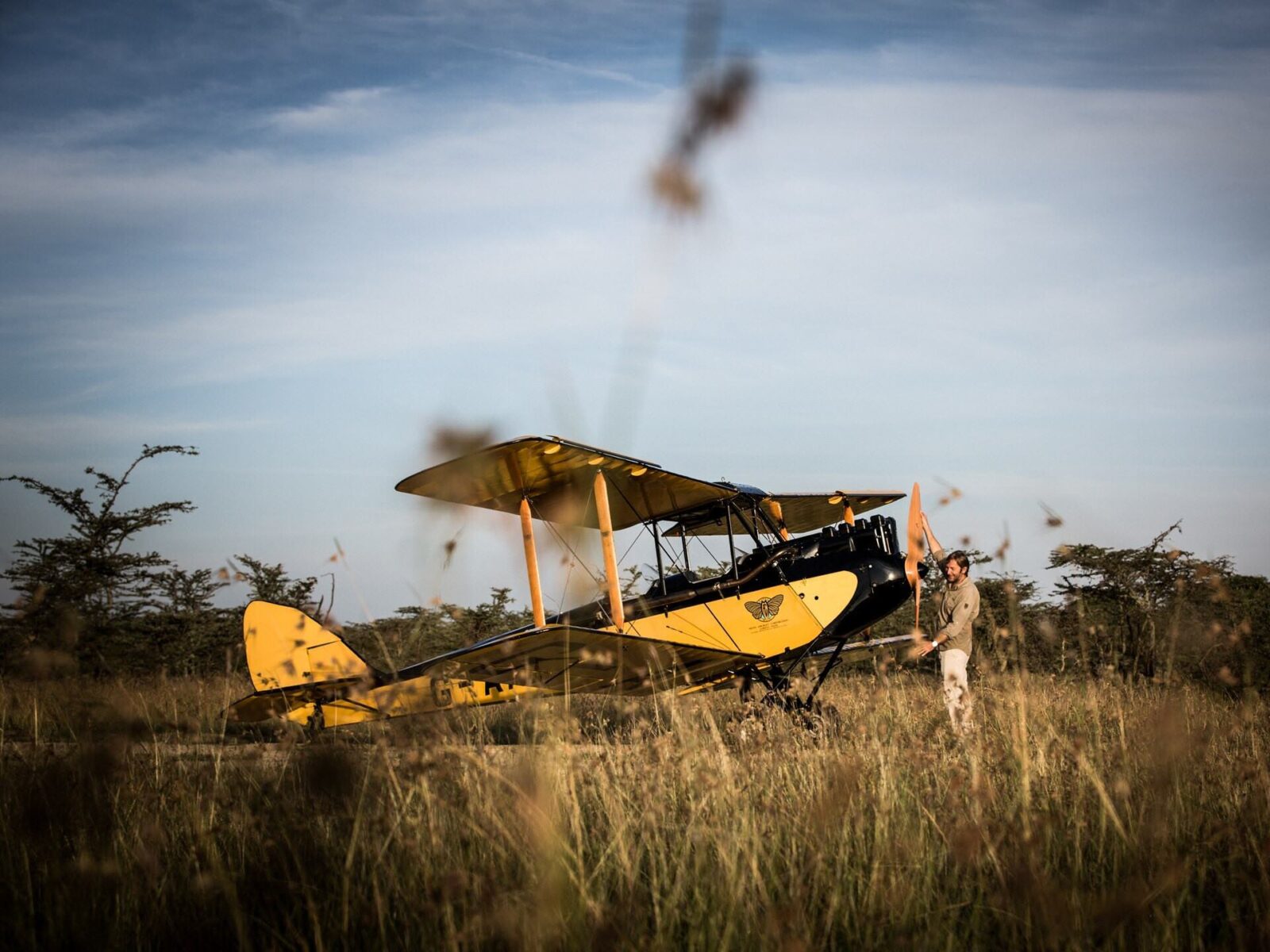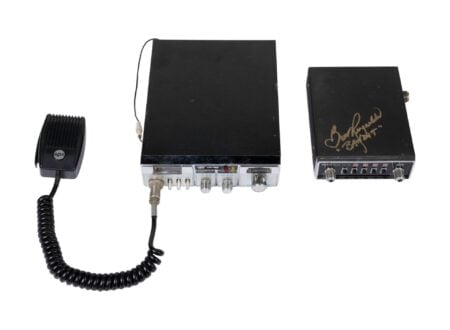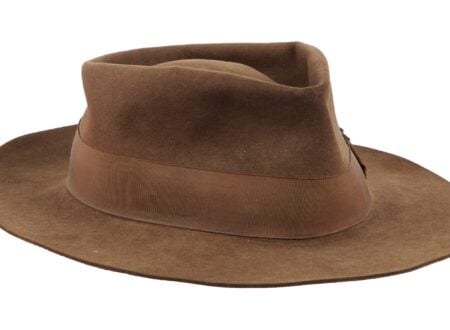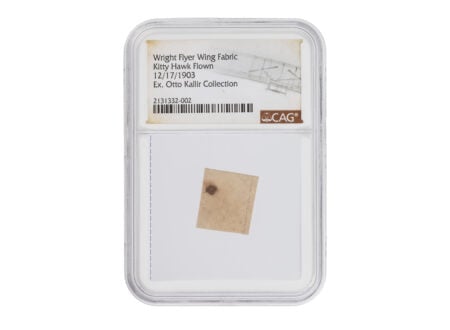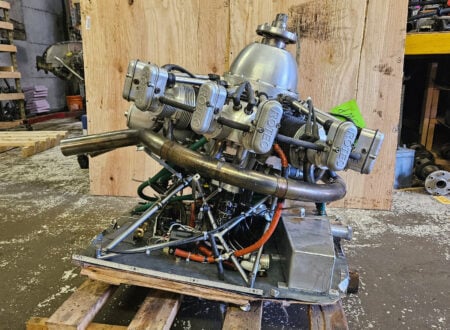This is the 1929 de Havilland Gipsy Moth that was used extensively in the 1985 film “Out of Africa” starring Meryl Streep and Robert Redford. It’s now being offered for sale with 100% of the proceeds going to the creation of a new rhinoceros sanctuary in Kenya.
This aircraft has been meticulously maintained over its life, even before its use in the film, and today it’s one of the best-known Gipsy Moths in the world if not the most famous outright. Its price guide starts at $140,000 USD – a tiny sum in the world of aviation.
Fast Facts – The de Havilland Gipsy Moth
- The De Havilland Gipsy Moth was developed by Geoffrey de Havilland in 1928. It was an evolution of the earlier DH.60 Moth, now fitted with the new de Havilland Gipsy I engine. This four-cylinder, air-cooled, inline engine became known for its reliability and ease of maintenance.
- The Gipsy Moth was a two-seat biplane with a simple design. It featured a lightweight structure with a wooden frame covered in fabric and plywood, a common construction method in early aviation. Some American-made versions had a full welded steel fuselage, they were designated DH.60M.
- The aircraft played a pivotal role in democratizing aviation in Britain and the Commonwealth, it has been compared to both the Model T Ford and the Austin 7. Its relative affordability, ease of handling, and reliability made it a favorite among flying clubs and private owners.
- The aircraft you see here is the de Havilland DH60GM Gipsy Moth that was used extensively in “Out of Africa.” The film would win seven Academy Awards including Best Cinematography, the film’s cinematographer David Watkin would credit the aircraft flying scenes for clinching the win.
The Mighty de Havilland Gipsy Moth
The de Havilland Gipsy Moth had been described as the most important biplane in pre-WWII Britain, and it’s not hard to see why. The aircraft was designed specifically to be affordable, easy to fly, and cheap to maintain – it also had folding wings that made it far easier to store.
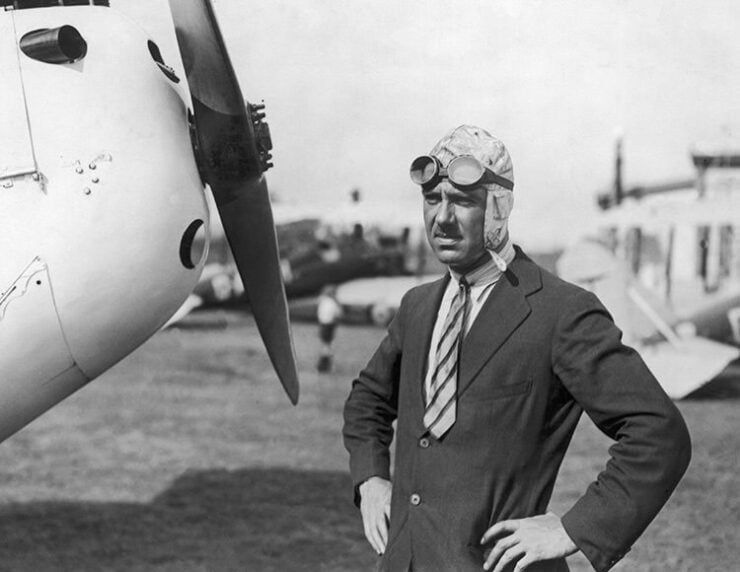

The Gipsy Moth was created by taking the pre-existing de Havilland DH.60 Moth and fitting it with the newly developed de Havilland Gipsy engine. The earlier DH.60 Moth had been powered by the Cirrus engine which required parts from WWI-era, 8-cylinder Renault engines. This limited parts supply, and Geoffrey de Havilland realized he was going to need his own engine that was entirely manufactured in-house.
A new engine was designed by Frank Halford, it would be called the de Havilland Gipsy I engine, and when it was fitted to the de Havilland DH.60 Moth the aircraft became the “Gipsy Moth.”
These new engines were built on a production line side-by-side with the Moth airframes, and it meant that for the first time there was no production bottleneck – for the first time Geoffrey de Havilland could build planes as fast as he was selling them.
The Gipsy Moth became the de facto private training aircraft in Britain and in many other nations where they were being built under license – including Australia, Canada, Norway, and the United States.
Militaries around the world used the Gipsy Moth as a trainer, over 33 in fact, including a small number that were used by the German Luftwaffe and some examples that were captured from China and used by the Imperial Japanese Army Air Service.
The Gipsy Moth would regularly appear in news headlines in the 1930s, Amy Johnson flew her Gipsy Moth 11,000+ miles from England to Australia in 1930, and Jean Batten flew a Gipsy Moth from England to India and Australia in 1934.
Above Video: This is the official trailer for Out of Africa, if you haven’t seen it it really is well worth your time. It’s one of the great films of the era and one of the most awarded films in Academy Award history.
There were a number of other remarkable feats of endurance in various Gipsy Moths, made all the more impressive by the fact that the aircraft had a cruising speed of just 85 mph and a range of 320 miles between fuel stops.
The Out of Africa de Havilland Gipsy Moth Shown Here
As noted in the introduction, this is the 1929 de Havilland Gipsy Moth that was used extensively in the 1985 film Out of Africa starring Meryl Streep and Robert Redford.
The film would win seven Oscars, including Best Cinematography – the film’s cinematographer David Watkin would later credit the aircraft flying scenes across the African landscape for clinching the win.
This Moth was used for both the main flying scenes in Kenya and Tanzania, and then later again for the close-up sequence shooting at Shepperton Studios and Walkeridge Farm in England.
The aircraft has been fastidiously maintained over its life, and it’s now less than five years away from celebrating its 100th birthday. It’s now due to roll across the auction block with RM Sotheby’s in early March in Miami with a price guide of $140,000 – $220,000 USD.
It’s now powered by a De Havilland Gipsy II engine producing 135 bhp, offering more spritely performance than the original mill. It has a propeller made by Hercules to an original design, and the owner notes that the aircraft has 1,525.1 hours on the airframe and 27.1 hours on the engine since its last overhaul.
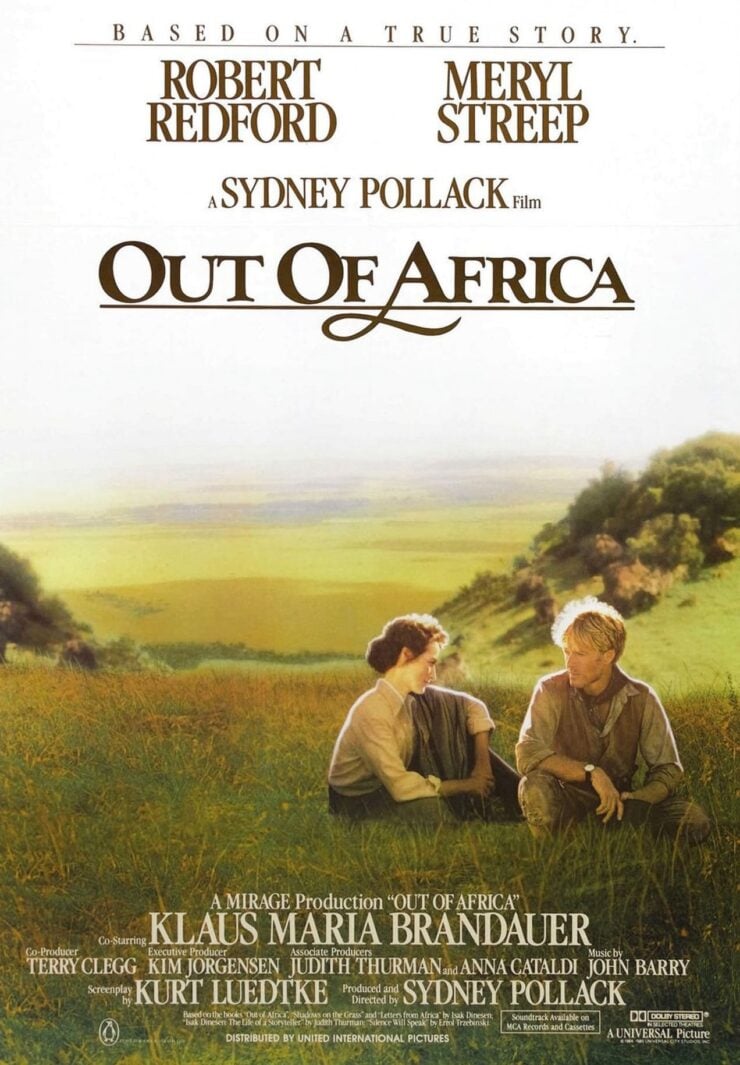

It’s important to note that 100% of the proceeds of the sale of the aircraft is going towards the creation of a new rhinoceros sanctuary in Central Kenya, as part of the Zeitz Foundation’s effort to create one of the largest such sanctuaries in the world.
If you’d like read more about this unusual aircraft or register to bid you can visit the listing here. De Havilland Moth guru Henry Labouchere will be on site in Miami to answer questions from prospective buyers, he’s been maintaining this aircraft for decades and knows it better than anyone.
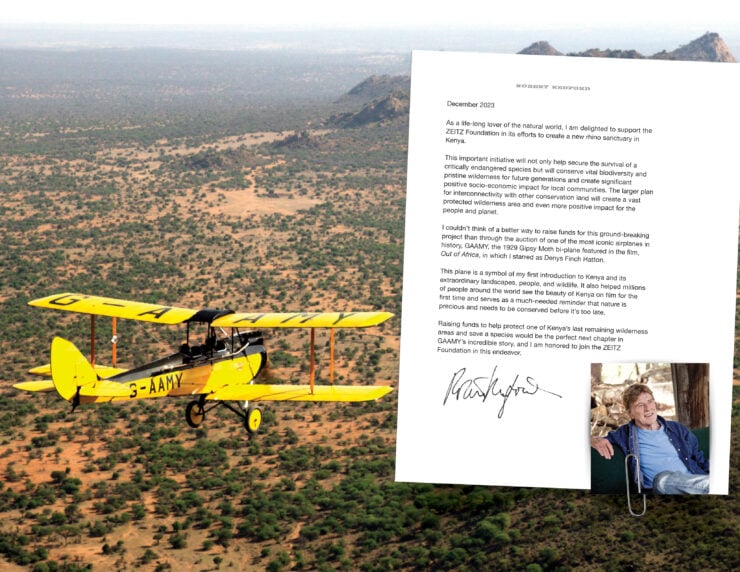
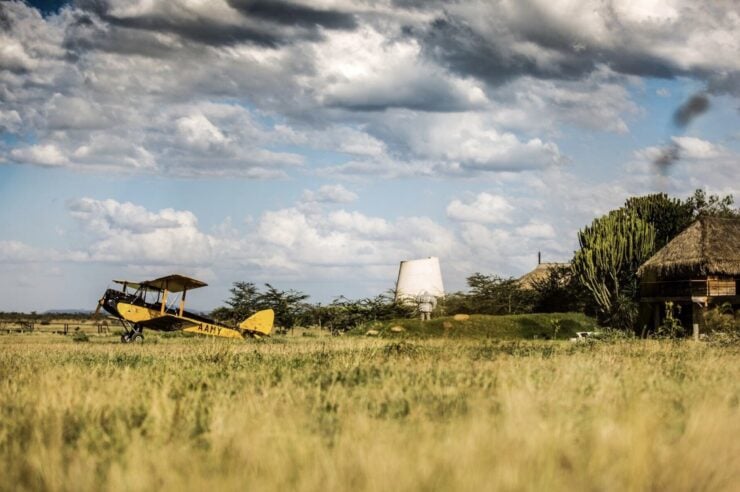
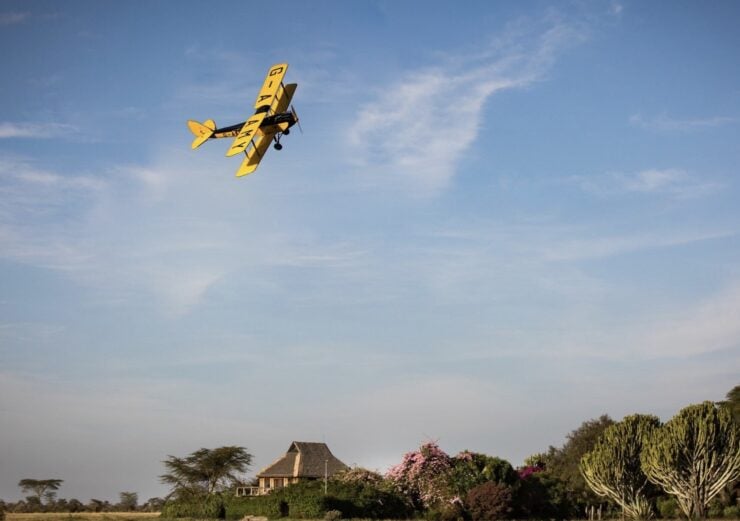

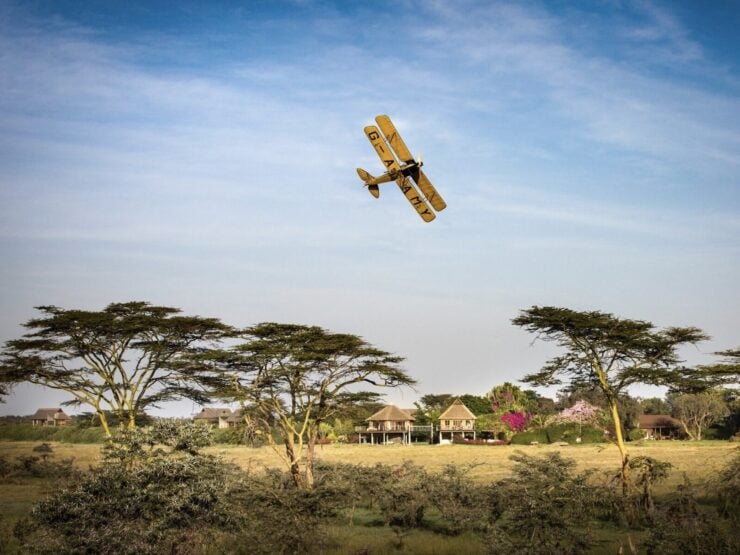
Images: David Crookes ©2023 Courtesy of RM Sotheby’s

